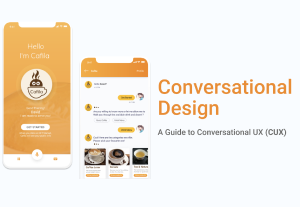- Accessibility, Customer Experience, Design, Empathy, Remote Research, Usability, UX Education, UX Magazine
The project was to design a platform that educates and supports the wishes of those passing, as well as those who are left to mourn by using the design thinking process model.
Article by Jennifer ODonnell
YOU GOT THIS: An App Designed to Connect, Educate and Empower People Through Their Loss
- The author designed a platform to educate and support the wishes of those passing, as well as those who are left to mourn.
- The challenge was to understand the sensitive process of EOL (End of Life) Care and what individuals need.
- The author’s idea was to create an app that would:
- Perform daily check-ins
- Provide resources
- Provide tips
- Connect people
- The author’s approach to this challenge was based on the design thinking process model.
- The author of this article unpacks the research process:
- Qualitative analysis
- Competitive analysis & industry standards
- User interviews
- Ideation
- Prototyping
- Key takeaways:
- Make MVP a key to staying focused
- Keep iterating
Share:YOU GOT THIS: An App Designed to Connect, Educate and Empower People Through Their Loss
Share this link
- May 19, 2022
8 min read







